Bridging gaps in educational structure
By Hussain Mohi-ud-Din Qadri
Traditionally, Pakistan’s education sector has been classified broadly into three parallel systems “public or government-run schools, private schools, and madaris—each of which follows its own curriculum, teaching methods and examination processes. The state-run school system’s inability to respond to the country’s educational needs has benefited the madaris and private schools alike. Madaris offer free education, boarding and lodging, providing incentives to the homeless and less privileged sectors of society, whose demand for education is weighed down by economic restraints.
The private school sector has similarly benefited from the failure of the public school system, with the number of its institutions mushrooming to above 36,000 over the past two decades. Many of these institutions are driven by profit and cater to the more privileged segments of society, with tuition fees that are unaffordable to a majority of Pakistanis. The standards of education in the most privileged of them, including their use of English for instruction, is far superior to those of the public schools, which teach in a vernacular language.
In effect, the private school system has created a system of educational and linguistic division. The products of the public school sector often are uncompetitive in the job market. One study observes: ³The present education scenario is full of contradictions. On the one hand, there are dynamic, fast moving educational institutions charging exorbitant fees, while on the other there are almost free or very affordable government schools as well as religious institutions (madaris), which are entirely free. The students of these institutions live in different worlds and operate in different languages.
The only way to address this increasing segregation is through a radical reform of the public school system. The majority of Pakistanis do not have the means to access quality private school education, and the private school system has neither the resources nor the incentive to expand to the extent that it could accommodate all Pakistani families. Moreover, it is the state’s constitutional obligation to provide education to its citizens.
The failure of public sector to provide the basic services such as education to its citizens has resulted in the phenomenal growth of religious seminaries across the country. What further allowed the madaris to grow at fast pace was the state’s involvement in Afghan war in the name of jihad when foreign money and extremist ideology found its easy way into Pakistan. The development was only to leave an indelible effect on the country’s structure and polity for the worse.
One key feature of these religious establishments has been their construction along sectarian lines meant to serve the interests of the ‘donors’. Hence the kind of curriculum taught in these seminaries was designed in accordance with the peculiar sectarian interests. The absence of oversight by the state and society was instrumental in the production of religious ideologues that ignited the sectarian fires and divided people along these lines.
This also explains why the forces of extremism, terrorism and radicalism have emerged in the country with consequence we are having to put up with. It is unfortunate that instead of nipping the evil of radicalism in the bud through broad-based reforms of the religious seminaries, the successive governments have gone about doing things for short-term, tactical ends. These measures can only bring in small benefits but cannot eliminate the mind-set from which pervert ideas stem.
There is a dire need that the government brings these religious seminaries in the mainstream by breaking their age-old isolation through various time-bound reforms. The modification of curriculum and placement of graduates of these institutions in the job market can be helpful. This calls for serious consensus on the issue starting with documentation of religious seminaries. The state cannot and should not jettison the fundamental obligation of educating its citizens to shadowy actors with suspicious interests. This is where the role of provincial governments is of crucial importance after the devolution of education thanks to the 18th Constitutional Amendment.
Effective education reform in Pakistan will, admittedly, be complex, difficult, and unlikely to achieve immediate milestones. It requires a level of political will and commitment that has been lacking. Pakistan’s education sector is highly politicized, tailored more to the interests of various state and political actors than to an objective assessment of educational requirements. Far from curtailing an upsurge of intolerance and extremism, it has widened class and ideological divisions.
In the past, the government has initiated programs to upgrade the public education sector and achieve an equitable education delivery system. Many of these initiatives have focused on increasing access to education, especially for female students. Others have focused on the quality of instruction, through teacher training. While such schemes are important, they have failed to redress some of the most significant failures of Pakistan’s education system policies at the national level that cater to political rather than development interests; bureaucratic obstacles to policy changes; a carefully controlled, highly centralized syllabus that plays on political, religious and sectarian divisions; and a culture of corruption and manipulation that has impeded any significant change to public schools.
63 years after independence, Pakistan still lacks an equitable education system, and the literacy rate is 49.5% one of the lowest in the world. Despite an assortment of declared strategies for providing education and removing inequalities, Pakistan’s education indicators remain deplorable, including low public spending, literacy and enrolment levels, high dropout levels, acute regional and gender inequalities, and budgetary inequities. Government policies and reform efforts have clearly failed to address the economic, social and political dimensions of the problems facing the education system.






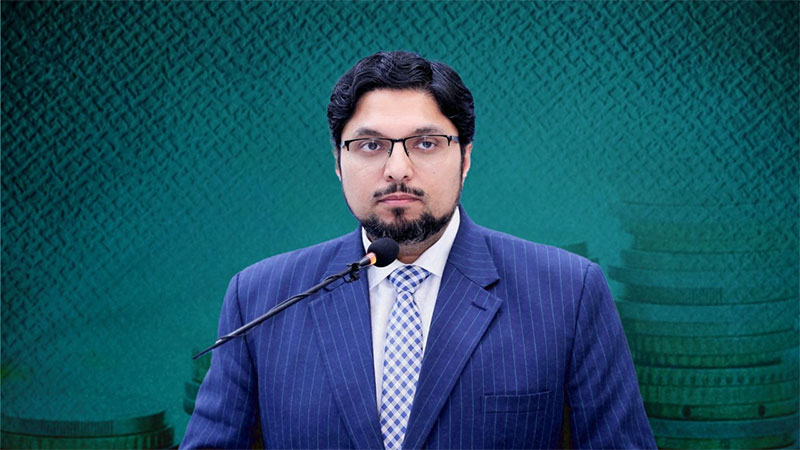
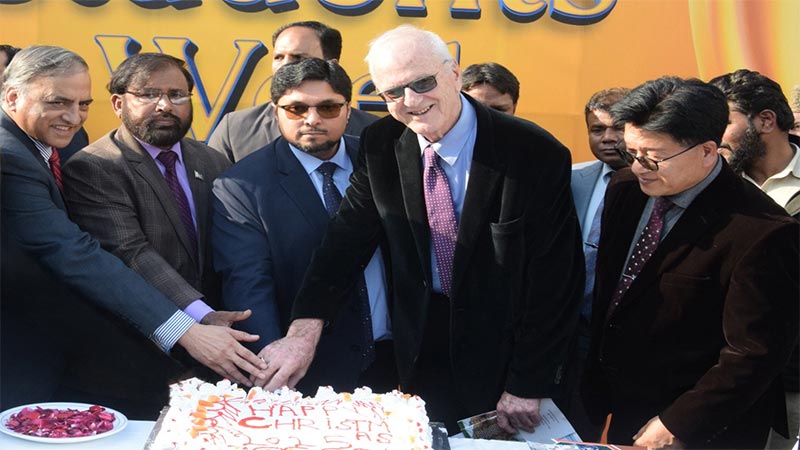

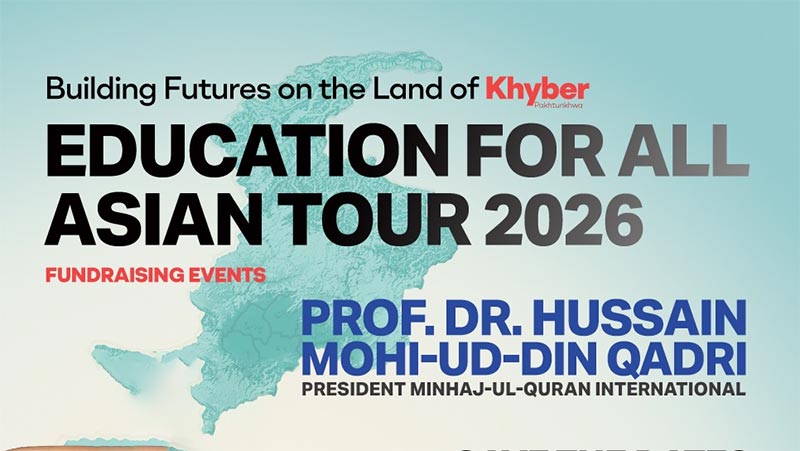
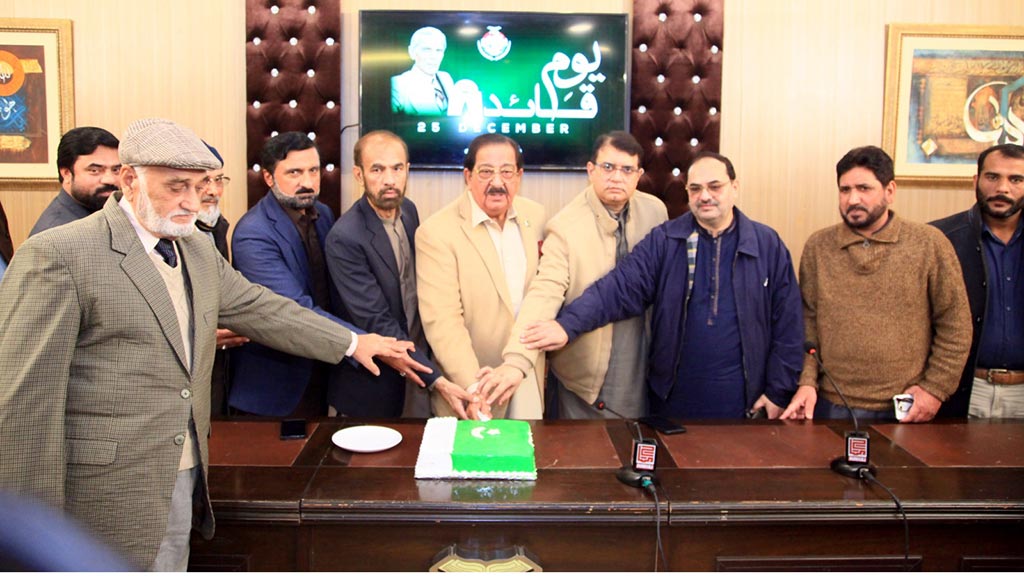

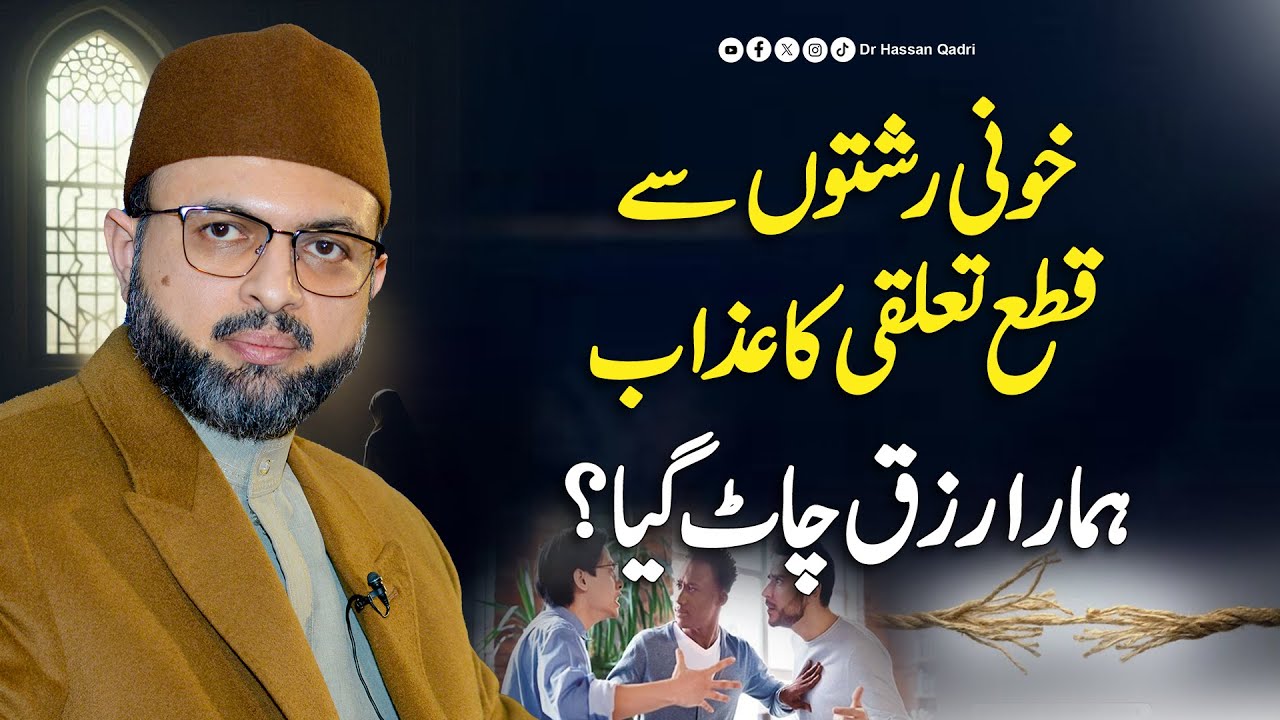
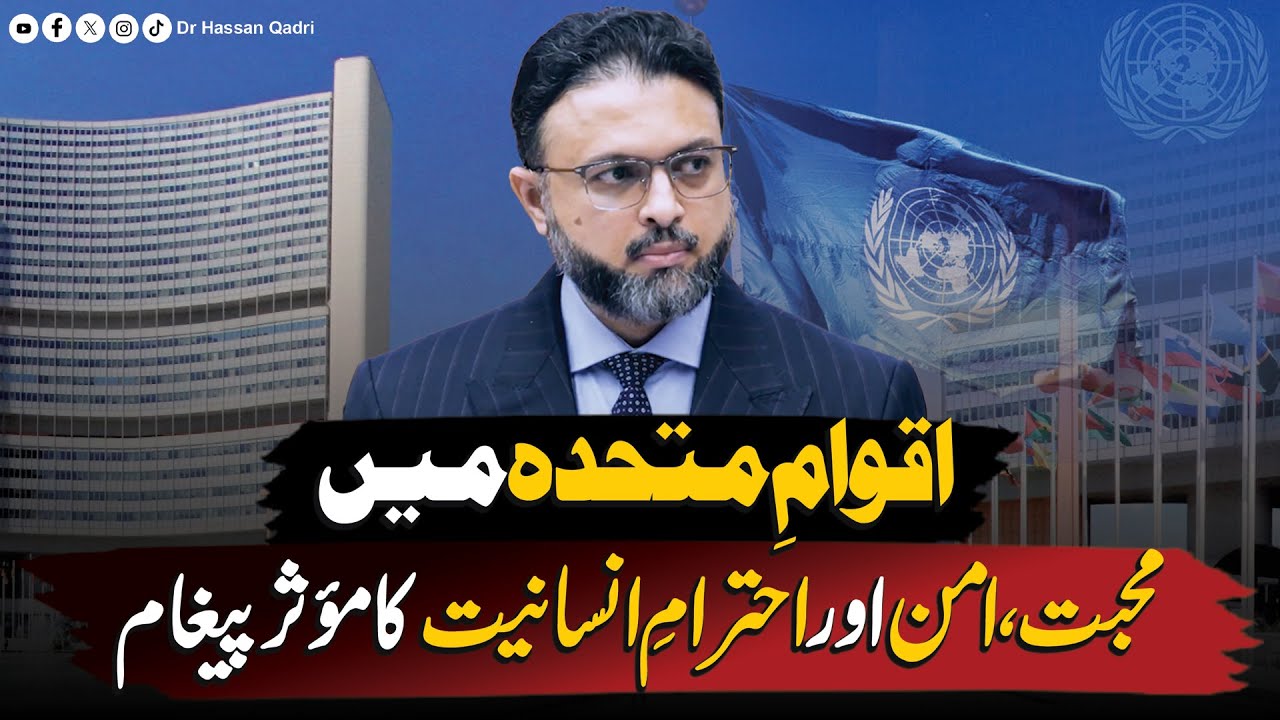
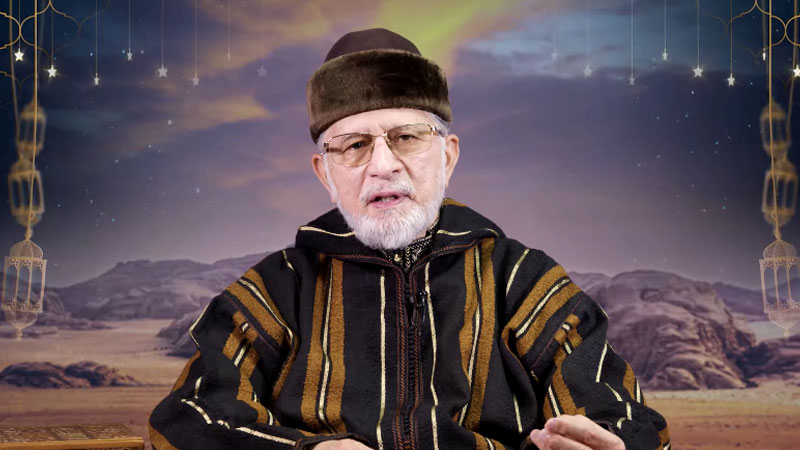





Comments